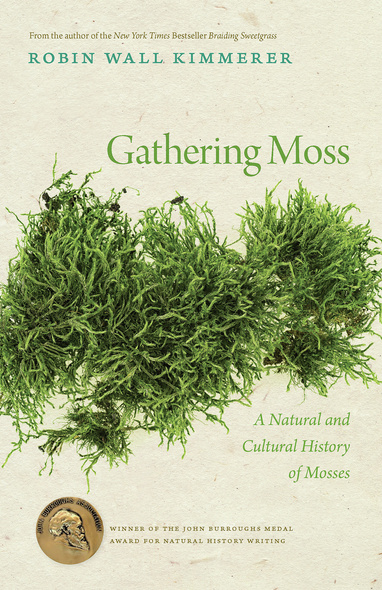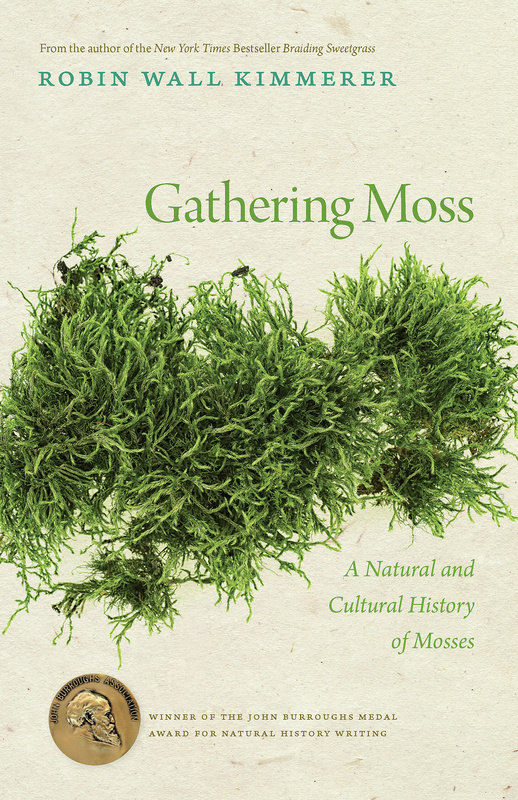Gathering Moss
A Natural and Cultural History of Mosses
Living at the limits of our ordinary perception, mosses are a common but largely unnoticed element of the natural world. Gathering Moss is a beautifully written mix of science and personal reflection that invites readers to explore and learn from the elegantly simple lives of mosses.
In this series of linked personal essays, Robin Wall Kimmerer leads general readers and scientists alike to an understanding of how mosses live and how their lives are intertwined with the lives of countless other beings. Kimmerer explains the biology of mosses clearly and artfully, while at the same time reflecting on what these fascinating organisms have to teach us.
Drawing on her diverse experiences as a scientist, mother, teacher, and writer of Native American heritage, Kimmerer explains the stories of mosses in scientific terms as well as in the framework of indigenous ways of knowing. In her book, the natural history and cultural relationships of mosses become a powerful metaphor for ways of living in the world.
Robin Kimmerer . . . has written as good a book as you will find on a natural history subject. You will want to go outside and get on your knees with a hand lens and begin to probe this Lilliputian world she describes so beautifully.
It takes a certain kind of courage and passion to write an entire book on mosses . . . Kimmerer admirably rises to the challenge in her first book, Gathering Moss, opening up a world of rich surprises in the process. What we learn about mosses is breathtaking.
An interesting account, both personal and exact, of an area of the vegetable kingdom that I often do not even notice . . . [a] passionate emphasis on something often most successfully appreciated by viewing through a microscope.
Bryologist Robin Wall Kimmerer may well be the next Annie Dillard. She is a wonderful wordsmith as well as a scientist, teacher, mother, and daughter of the Potawatomi tribe. Kimmerer brings all these levels of perception to the miniature landscapes she describes in this collection of essays.
Something I took for granted suddenly has come alive, because I have been given its story. After reading this book, I took a magnifying glass outside and pored over tree trunks. I have seen Robin Kimmerer's miniature landscape for myself. Yet, this is so much more than a book about mosses. This is a Native American woman speaking. This is a mother's story. This is science revealed through the human psyche. Robin Kimmerer is a scientist who combines empiricism with all other forms of knowing. Hers is a spectacularly different view of the world, and her true voice needs to be heard.
Preface: Seeing the World Through Moss-Colored Glasses
The Standing Stones
Learning to See
The Advantages of Being Small: Life in the Boundary Layer
Back to the Pond
Sexual Asymmetry and the Satellite Sisters
An Affinity for Water
Binding Up the Wounds: Mosses in Ecological Succession
In the Forest of the Waterbear
Kickapoo
Choices
A Landscape of Chance
City Mosses
The Web of Reciprocity: Indegenous Uses of Moss
The Red Sneaker
Portrait of Splachnum
The Owner
The Forest Gives Thanks to the Mosses
The Bystander
Straw Into Gold
Suggestions for Further Reading
Index





